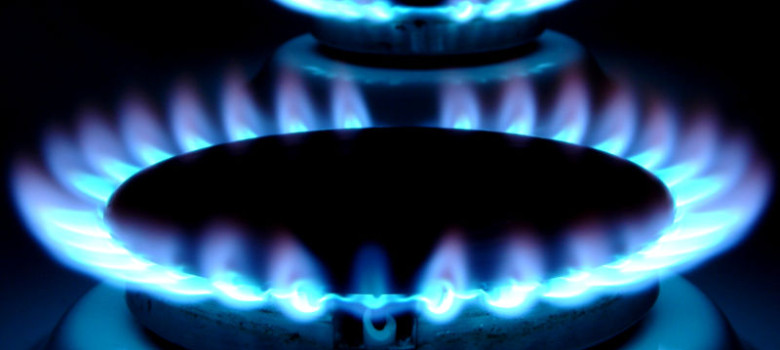
Up until about 10 years ago, most of the UK’s natural gas supply came from its own reserves in the North Sea. Unfortunately, from peak production of 1.2m GWh around the turn of the century, production has fallen steadily to less than half of that today. North Sea reserves are running out, and as a result we are importing much more from abroad; this is leaving us very exposed to the volatile international gas market.
In this article I want to look at where we source our gas from, the price of gas, and what it will mean for us in the future.
Main sources of gas for the UK market
Our number 1 importer to the UK in terms of volume is Norway who sells us around 25.5 billion cubic meters of gas each year. To put that in to context, we produce around 43 billion cubic meters ourselves at the moment. But whilst our production decreases at around 5% a year, Norway is importing about 1% more every year.
Unfortunately, Norway’s supplies are running out as well. This is really unfortunate, because gas from Norway is significantly cheaper than importing from further afield. Our second biggest source of gas is Qatar – who also provide around 25 billion cubic meters of gas, but the price is far, far higher. Where European gas costs us around 9$ per unit, gas from the Middle East is around 13$. In the medium term future, this is where the cost of gas for the British public will begin to bite, as European supplies get squeezed, and expensive gas from Qatar takes its place.
Compared to these two big fish, other countries pale in comparison in terms of imports. Nigeria, Trinidad, Yemen, Algeria and the US make up the bulk of other importers, but they will have a negligible impact on pricing due to their relatively small market share.
Why is Gas from the Middle East so Expensive?
The UK isn’t the only market in the world for Qatar’s gas. They are the biggest exporter in the world, and the growing Asian markets want to import it as well. The supply is effectively being squeezed from all sides, driving prices up.
But rising demand and falling supply isn’t the only reason for the increasing cost. Conflict in the Middle East and the uncertainty it is causing in the market is also having its effect on gas prices.
Rising price of gas and the future price of gas
In such a volatile market, it is really tricky to know exactly what the price of gas will be in the future. DECC for example, has estimated gas prices could be as high as 105 pence per unit within 7 years, compared to a price of around 60 to 70p today.
Of course, if it weren’t for the economic woes of the EU, things could be a lot worse. Falling demand in Europe has helped temper the gas prices that are being driven up by the soaring demand in Asia, which has escaped relatively unscathed from the economic slump.
Could Shale Gas save the UK from sky high gas prices?
The slight unknown to throw into the mix is shale gas. In the USA, shale gas has had a dramatic impact on the price of fuel, in fact US gas prices are about 3$ per unit – so less than a third of what we pay over here. No doubt US gas exports to the UK will be high on the political agenda over the coming years.
There are also thought to be considerable reserves of shale gas in the UK, however these are currently unproven and also in our opinion, extracting shale gas in the UK will never be quite as successful as it has been in the US – you can read more on that here.
However successful shale gas proves to be in the UK, it is certainly not going to happen overnight and therefore it is fair to say that for the foreseeable future, the UK will be relying on expensive imports to meet demand. That makes both energy efficiency and alternative generation techniques absolutely vital to minimise the impact on your gas prices.
The Importance of Energy Efficiency in the UK
This is why the government plans to focus on cutting gas usage by installing more energy efficiency measures, more intelligent heating of homes, and using self generation to cut demand on the grid. If we can limit the amount of gas needing to be imported, we can better control the price for homes and businesses, as well as move towards a more diverse and robust home heating solution.












No Comments yet! Be the first one.